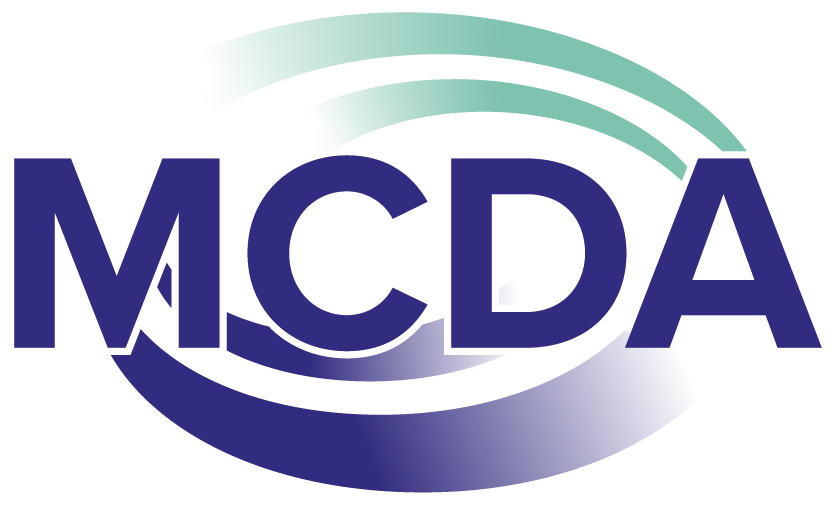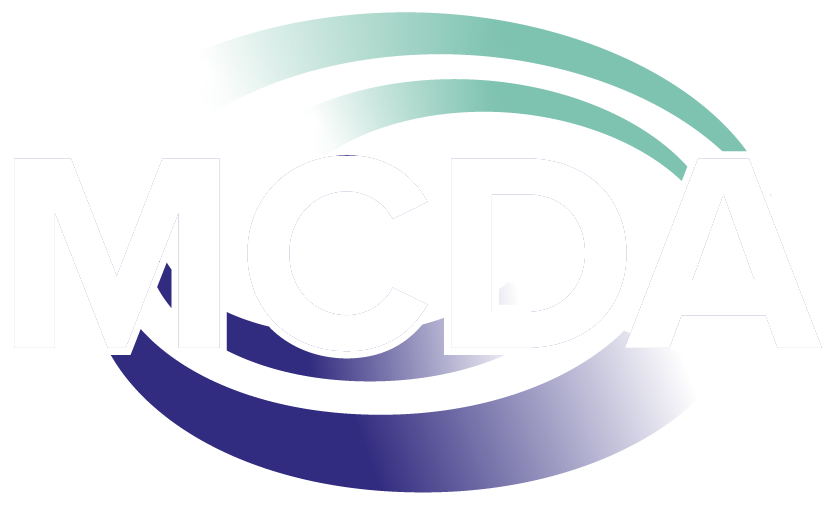by Howard Ross, Founder & Chief Learning Officer, Cook Ross, Inc.
Ross grabs our attention by sharing this “fun fact”…”Consider this: Less than 15% of American men are over six foot tall, yet almost 60% of corporate CEOs are over six foot tall. Less than 4% of American men are over six foot, two inches tall, yet more than 36% of corporate CEOs are over six foot, two inches tall.1 He continues to cement the irrefutable existence of unconscious bias or “hidden bias” regarding lower performance evaluations given to those who are overweight, prescribing medical procedures because of race, and boys getting called on more often than girls when their hands are raised at school. These types of events happen all the time where one group loses out and we don’t realize we’re doing it. He says it’s not so simple as to identify those who are biased and “fix” them through diversity training efforts.
The idea that all of us have biases rooted in the earliest brains to enable us to survive by reflexively choosing fight or flight underscores that we’re wired to make these quick decisions based on the safety level of the situation. He adds to this hypothesis of unconscious decision making based on safety the categories of likability, evaluation, and competency. “Scientists estimate that we are exposed to as many as 11 million pieces of information at any one time, but our brains can only functionally deal with about 40. So how do we filter out the rest?” We use our “perceptions, interpretations, preferences and, yes, biases” to make these decisions. As our unfortunately divided society so strongly illustrates, we tend to choose what supports our current attitudes as we evaluate these millions of pieces of information. Ross declares that in this continuous and unstoppable flow of stimuli and thoughts pass “through our own lens”, we rarely realize how subjective are our interpretations of what is real. We don’t see our own unconscious biases.
Ross describes examples of a resume study where those with “typically white” names received 50 percent more callbacks over “typically black” names even though the companies were actively looking to increase diversity. And, average “typically white” named candidates were called back more than highly skilled “typically black” named candidates. Another example of an opportunity for bias in the hiring process is when we feel an affinity for or a connection to a person because she may remind us of ourselves. These subtle preferences can affect hiring decisions, mentoring employees, making job assignments, promoting people, treating customers, and choosing board members Ross says, among other choices made. Yet, we don’t even realize it. Even organizations have hidden or unconscious expectations for employee behavior and decisions that make it hard to make organizational change efforts sustainable.
So, how to affect the seemingly intractable challenge of an individual’s unconscious bias? Ross addresses it initially and then moves to multiple additional suggestions for organizations to address such bias in itself and its policies and procedures.
He posits the first step is to admit we have biases, that “our brains make mistakes without us even knowing it.” What biases do we have that we know of and which ones that we don’t know of?
Test your own unconscious bias by taking the Implicit Association Test (IAT) is an effective tool available for testing one’s own unconscious bias. It was created by Project Implicit, a consortium made up of researchers from Harvard University, the University of Virginia, and the University of Washington. To take the IAT, without charge, go to https:// implicit.harvard.edu/implicit/
To provide additional thoughts to tackling our own unconscious bias, we turn to Dr. Jennifer Mieres, who in her article “Five Strategies to Mitigate Unconscious Bias”, suggests we “practice constructive uncertainty” by challenging our certainty and “change exclamation points to question marks.” She suggests we get comfortable with not knowing what to do and not deciding, that to feel unsure of what to think and do is ok. Finally, she suggests we learn about others and engage with people who “may fall out of your comfort zone.”
Though the article focused more on organizational remedies and not on individuals, consider turning to reflect on yourself and your work in career development. Utilize the Implicit Association Test noted above to get started.
After examining your implicit biases, reflect on day-to-day interactions. Now reflect on your career coaching model and coaching style. What was surprising to you?
How are you discussing implicit biases in the structure and nuances of US hiring culture with your clients? Consider networking, applicant tracking systems, resume and cover letter requirements, interview practices, and professional dress, etc.
As with many learning opportunities, the first step is understanding the need. In this example the opportunity for growth and development lies within us.1 Malcolm Gladwell discusses this phenomenon in his book, Blink, based on research conducted by Timothy Judge and Daniel Cable.


